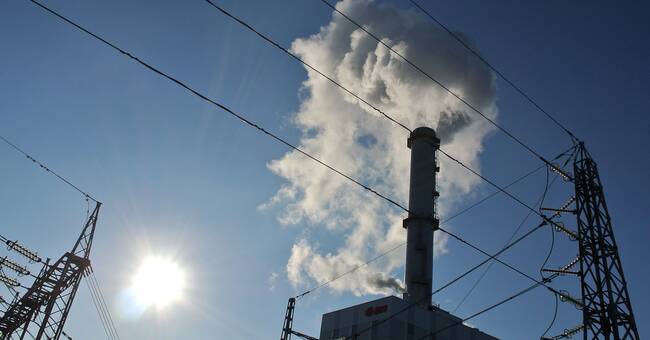Sweden is divided into four electricity price areas where the two populous southern areas have deficits in electricity and generally higher electricity prices.
Blekinge belongs to area 4 with Skåne, Halland, Öland and southern Småland, where the price has sometimes been at a record high of SEK 1 per kW - twice as expensive as in area 1, which corresponds to Västerbotten and Norrbotten.
- Electricity area 4 is a large deficit area that is linked to continental prices, mainly German ones.
Here, prices have risen sharply as a result of rising fuel prices, which in turn is a result of the strong economic recovery, says electricity price analyst Johan Sigvardsson at Bixia.
"Extreme difference"
Price levels are affected by the weather, where cold temperatures mean more electricity use and greater demand, as well as higher prices.
Last year, prices were clearly lower, but despite the summer, levels are high now.
- There is an extreme difference.
Last year we had a huge surplus of water and locked-in power throughout Norway and northern Sweden that we could not export.
In addition, fuel prices at very low levels due to the pandemic.
Today we have a normalized hydrological situation and the hydropower producers control the price picture, says Johan Sigvardsson.
The most expensive month of July?
His estimate is still high prices in the south for the rest of the summer and Sigvardsson believes that this will be the month of July with the highest average price since electricity area prices were introduced ten years ago.
- Prices will probably remain at these high levels at least until the end of August, then the nuclear power in Ringhals' two reactors will be back and then Svenska Kraftnät can increase the transmission capacity to the south again.
Sweden is divided into four electricity price areas.
Photo: SVT Design

